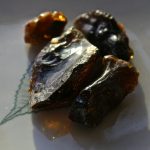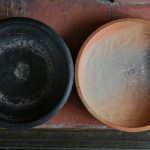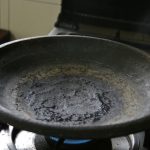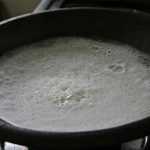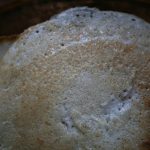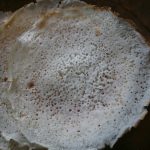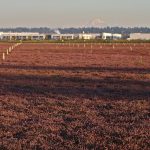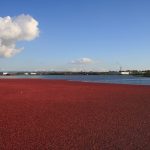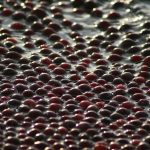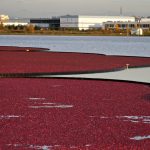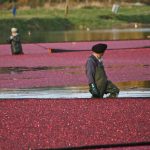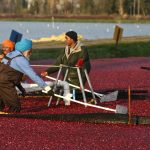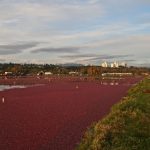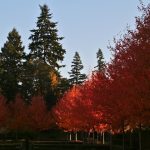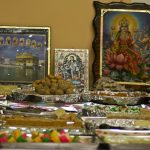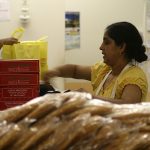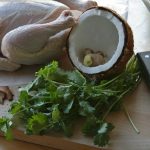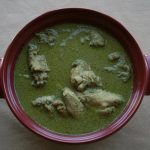As schoolgirls, my mother and her sisters, walking home from the Convent at teatime, tried to guess what goodies their mother might have made that day. When oduputtu was on the menu, the guessing stopped well before they even got to the gate – the magical fragrance drifted up the kitchen chimney and down the hill, drawing them home in excited anticipation. Everyone knew it was oduputtu with honey for tea!
Of all the many creative ways that rice is transformed, I can’t think of any other that is quite so simple and yet so unusual.
Cooked in a shallow, 9″ – 10″ wide earthenware pan known as a “wodu” or “odu”, oduputtu is made from an unfermented rice batter, seasoned with salt. Sometimes a little fenugreek seed is ground along with the rice. So far, so simple. What really makes it unique, however, is the seasoning that is applied to the pan. No oil is used, but before the batter is poured, the pan is rubbed with a lump of resin, known as “banda” (bun-dah). This is the hardened exudate of the Indian Copal tree, Vateria indica. It releases a delicate fragrance but very little smoke.The resin vaporizes quickly, leaving barely discernible traces on the crisp base of the oduputtu, which takes on a subtle, elusive, fragrance that may as well be in the scented air.

